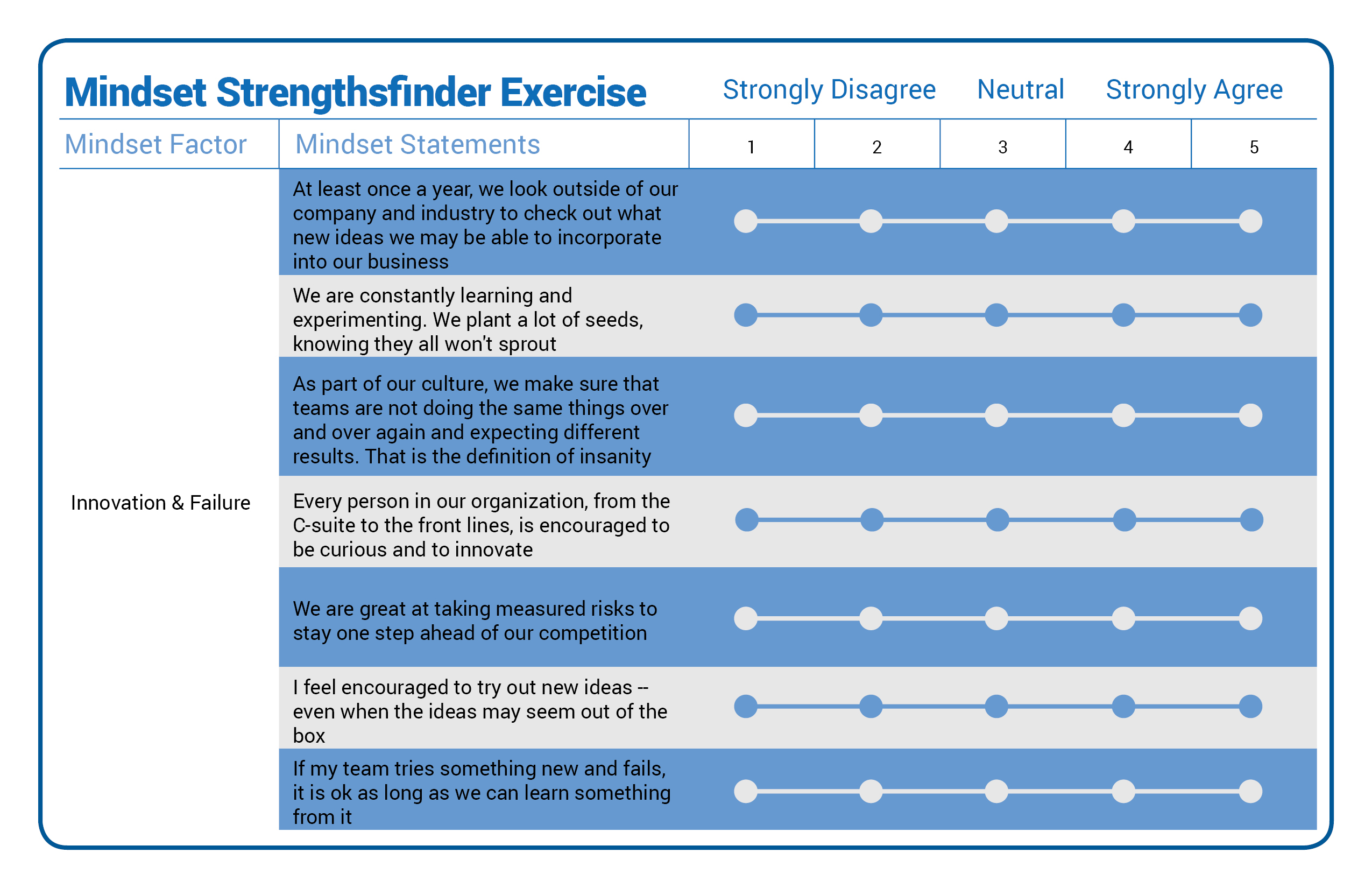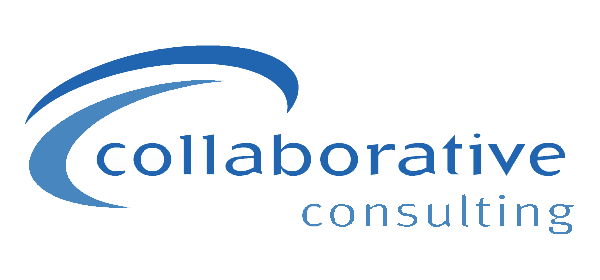Your Culture and Driving Ahead of the Competition
These days, innovation is more than just a buzz word. To stay relevant in an increasingly overcrowded marketplace, an organization must find ways to remain one step ahead of the competition and to think creatively about the future.
But even as we embrace the idea of innovation, achieving it is a different story. Time and again, clients come to us expressing frustration. They know that innovation is essential for their businesses, but aren’t sure how to foster it. And for those that do take a leap and create innovation teams in an effort to be forward-thinking and agile, they either don’t see a return on their investment or worse, have no idea how to measure the success of their efforts.
Part of the challenge is that we tend to compartmentalize innovation. We create a small task force and assign it the goal of thinking outside the box. In the process, we create a silo, which is often supported by the belief that innovation is limited to the “innovation experts.” But when we restrict innovation to a small handful of specialists, we limit the possibilities for real transformation. To truly take profits to the next level, we should, instead, focus on how to shift the mindset of the entire organization. The real objective is to infuse innovation into the very fabric, or culture, of the company.
In her seminal work on mindset, Stanford professor Carol Dweck helps us to frame the underlying problem that many organizations face without realizing it. Instinctively, we slip into the misconception that skills and capabilities—including the propensity for innovative thinking—are innate. One is either born with a gift for creative thinking or one is not. This emphasis on “fixed” mindset has far-reaching implications, and within the world of business, can severely hamper an organization.
But Dweck gives us an alternative to the fixed mindset, which has been instrumental in helping us transform our clients’ businesses from the ground up. By embracing a “growth” mindset, in which capabilities can be learned and failure is an essential part of an experimental culture, our clients have shifted the very foundation of their companies. The consequences of this transformation are evident in the way that teams interact with one another, in the inquisitive and open approach to new ideas, in the receptivity to feedback and cooperation, and perhaps most significantly, in the very real numbers reflected by sales and profit.
This insistence on the metrics of mindset cannot be underestimated. It is not enough to tout the often-repeated claim that “culture eats strategy for breakfast,” if we have no way to measure the impact of culture, or mindset, on a company’s bottom line. That is why, in our work with clients, we insist on measuring and evaluating every step of the way. As we train companies to shift from fixed to growth mindset—as we guide them away from silos toward a culture of innovation that extends from top executives to front-line sales, and as we show them how to make it part of their hiring, coaching and performance evaluation processes—we watch their numbers improve.
Transforming the culture of a company is not an overnight task, and embracing a growth mindset is a process, rather than a switch that one can simply flip. But the first step is to take stock of a company’s existing culture. Only by understanding the strengths and challenges to growth mindset can we begin to make the vital changes that lead to success. Below are seven essential questions from our Culture Mindset StrengthsFinder, a diagnostic tool we’ve created to get you started on building your growth culture.

So, how did your organization do?
* If you scored mostly 1s and 2s, red alert! You may be limiting your potential for growth by hampering innovation and avoiding failure.
* If you scored mostly 3s and 4s, you are likely shifting back and forth between a starting to imbed innovation into your culture and doing things the old way. This is very common and changing culture can take time. Keep pushing toward a growth mindset culture.
* If you scored mostly 5s, you are well on your way to building innovation into the fabric of your company culture!
If you are interested in learning more about how Collaborative Consulting can help you design a culture for growth, please take a look at our Mindset deliverables and results here.



